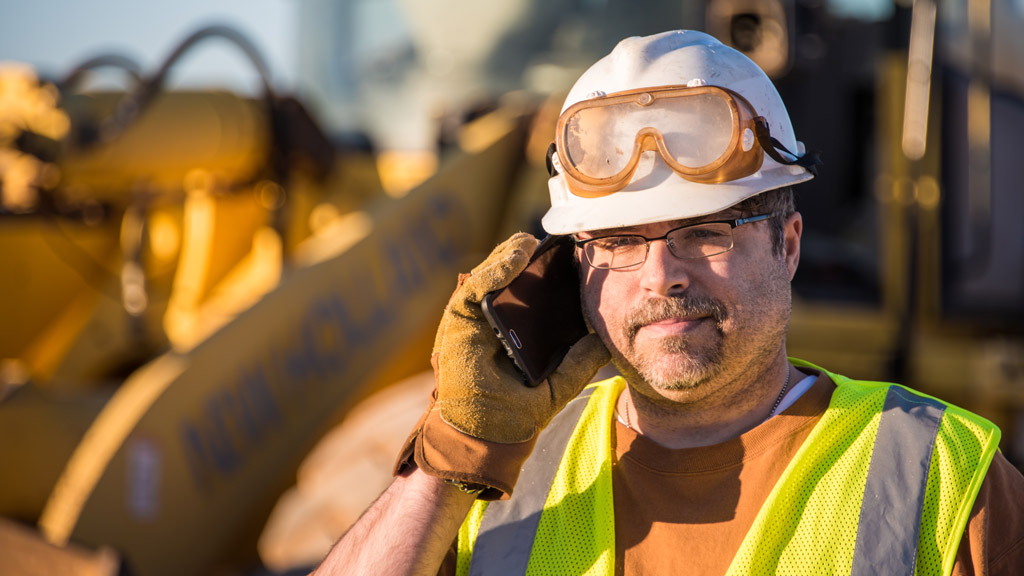Although there are a lot of ways to innovate when it comes to handling excess soils onsite, there are still some barriers that exist, said soil experts during an innovation initiatives panel at the recent Excess Soils Symposium.
“My complaint is that innovation is sometimes limited because of regulations currently in place that do not properly intersect with the work on excess soil,” Bruce Tunnicliffe, president of Vertex Environmental Inc. told the crowd at the Toronto event.
He provided examples of innovative ideas he recommended be used on projects his company worked on but they were denied. For this reason, he said it’s difficult for innovators to put ideas forward.
“It was shot down because the status quo is easier to do than innovation,” he explained. “We had some good ideas that we brought forward in two different areas and both were ‘no.’ Why? Because it’s different.”
Meggen Janes, a principal with Geosyntec Consultants, talked about what can be done to incentivize contractors and bring forward more information on recycling and reusing material onsite.
“I think back to a project I worked on 15 years ago where we were designing a soil bank for a region and they were planning to use it as an interim storage site for one of their projects,” said Janes.
“They had a lot of infrastructure projects upcoming and…they didn’t perceive that the contractor bidding on infrastructure project had a cheaper solution to the reused soil. If you added the greenhouse gases and all the dump truck traffic, all of that it might have been better just to store the soil, but they didn’t have a way in the contract tools to evaluate that bid. We need to find ways to evaluate additional benefits so contractors can bring ideas forward and they can be evaluated.”
She spoke about the importance of encouraging more reuse within the project area.
“I want to call it ‘recycling soil.’ I don’t want to limit us to beneficial reuse,” said Janes. “Think about the aggregates that were excavated and being able to foster the recycling of aggregates or manufacturing aggregate from excavated soil or manufacturing building materials.”
Providing financial incentives would also be beneficial.
“The Netherlands offers bonuses to contractors who recycle soil and aggregates on their sites,” she explained. “There are other jurisdictions that are doing really interesting pilot tests, demonstrations, offering grants. There is a lot here that we can encourage our industry to push forward and find that innovation in the soil space.”
Kevin Goldberg, president of SoilFLO, said calling digitization a substantial innovation is a relatively low bar. He said collecting data is key.
“It’s what can you do with that information once you start to collect it,” he pointed out. “Our customers, our clients, people we work with, once they start understanding the data, how much soil they are moving, where it’s going, what type is it, best management practices, that’s when the real innovation can start to kick in. That’s when we can truly start to understand our numbers for beneficial reuse, we can begin to incrementally improve on those numbers for greenhouse gas emissions, for climate change, for sustainability and reduction.”
From a developer’s perspective, Monisha Nandi, environmental director with Kilmer Brownfield Management Limited, said one of the most meaningful changes she has seen is the City of Toronto taking away the minimum parking requirement for developments in the city.
“Why that’s important is because a lot of the excess soil by developments in Toronto is driven by the need for underground parking,” she said. “There’s a huge potential for developers to now reconsider how much parking they really need to put into their developments and to continue to advocate the city around if we do need to put parking in their developments, how much can we put above ground.”
Goldberg said what contractors really want to see is a level playing field and knowing that when they are following the rules and regulations, the people they are bidding against are doing the same.
“I think the ones who are trying to be smart and sophisticated and grow their business are trying to leverage innovative approaches and that’s what they are relying on and that’s how they plan on getting more work,” said Goldberg.
“But without a level playing field and when they go in and bid and knowing they lost it to someone who isn’t going to go to a permitted fill site, isn’t going to retain a QP (qualified person) and didn’t do all the same things they were prescribed to do and they’re just going to get away with it for them it’s like, ‘why did I just spend all this time doing this bid and following the rules?’”
Follow the author on Twitter @DCN_Angela



Recent Comments
comments for this post are closed